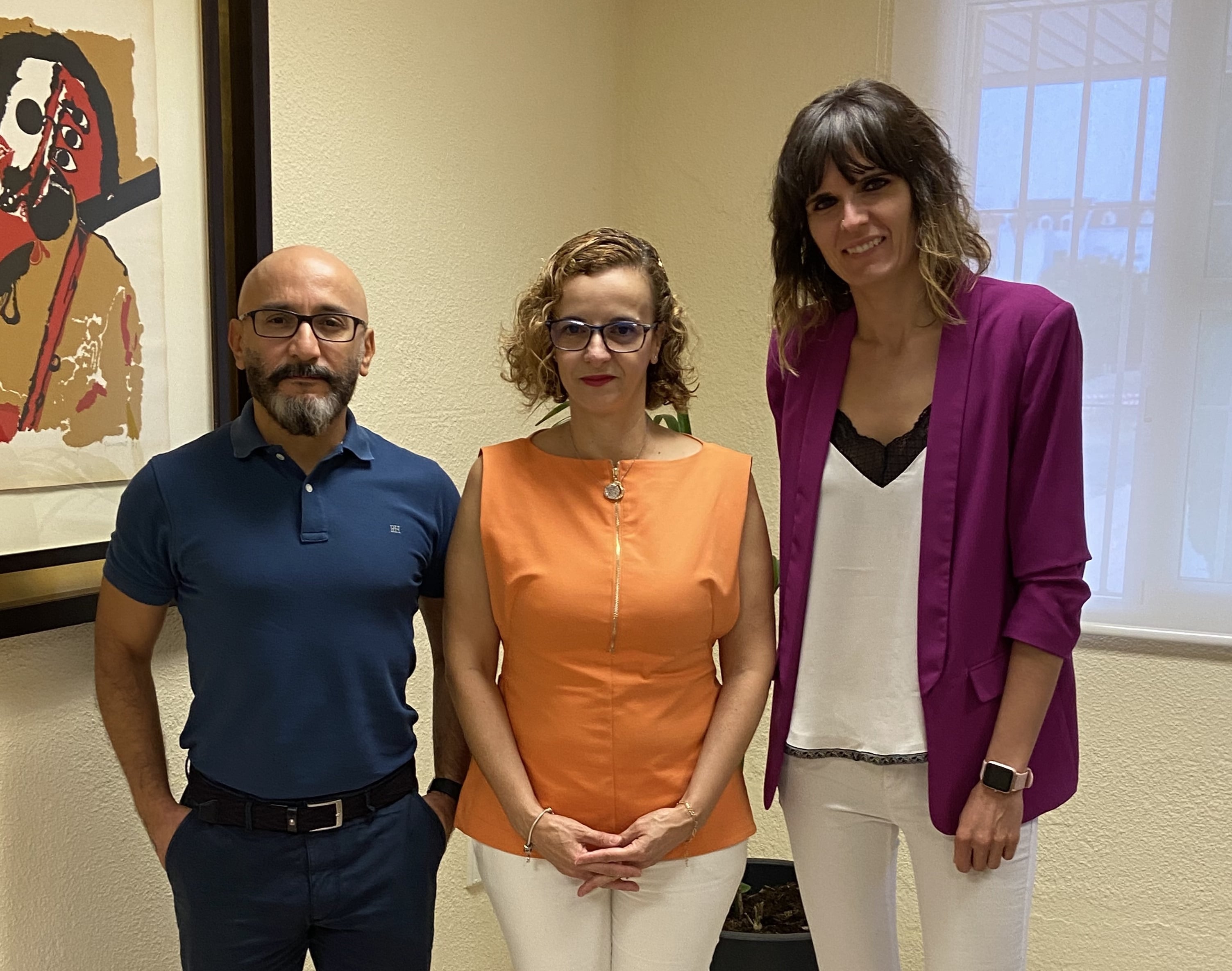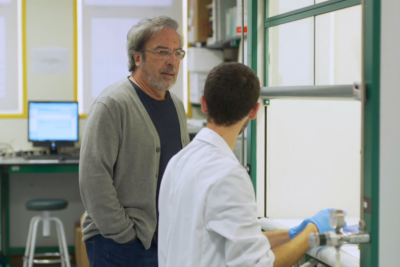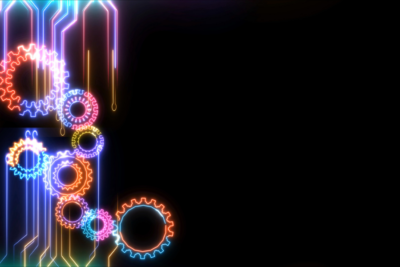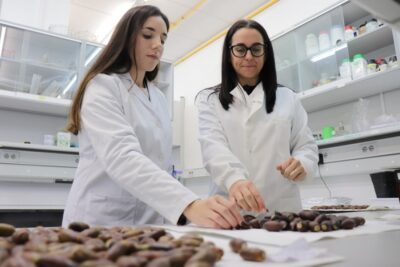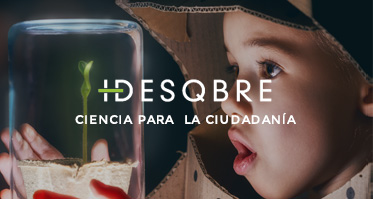Patented a new disinfectant that prevents the spread of multi-resistant bacteria
A research team from the University of Jaén has developed a chemical compound that eliminates pathogenic micro-organisms from any type of utensil and prevents them from evolving and generating resistance. This not only stops real-time infections, but also prevents the future development of more aggressive bacterial strains. In addition, the new formula does not contain harmful agents for the environment.
A research team from the University of Jaén has patented a novel disinfectant formula that not only eliminates pathogenic bacteria, but also stops their ability to evolve genetically developing resistance against antimicrobial agents. The composition uses sustainable agents that degrade easily in the environment without harming it.
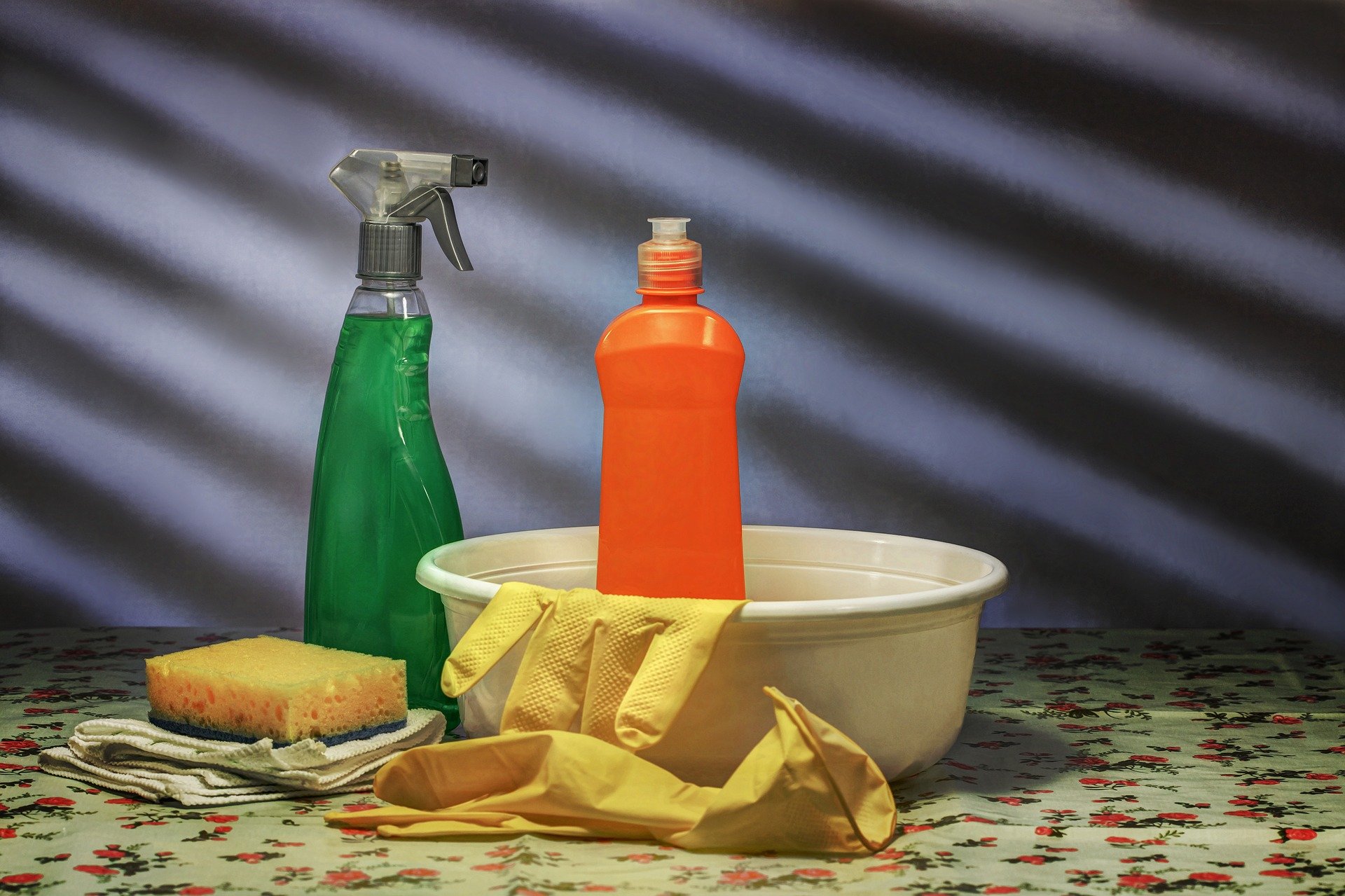
The new disinfectant completely eliminates bacteria and the possibility of developing resistance with just five minutes of exposure.
Conventional disinfectants pose certain problems that are solved with the new patent (entitled ‘Composición desinfectante’ -‘Disinfectant composition’-): their high toxicity and the possibility of micro-organisms becoming resistant to them. On the one hand, products such as bleach can cause adverse effects in living beings if they are exposed to it in large quantities, making it a highly polluting substance. On the other hand, the new bactericide inhibits the so-called efflux pumps, a non-specific mechanism for microbes to expel disinfectants and antibiotics so that they do not act on their target, which encourages microbes to develop resistance. In this way, bacteria become stronger and disinfectants less effective.
Experts have confirmed that the new disinfectant completely eliminates various pathogenic bacterial strains common in the food and healthcare sector with only five minutes of exposure.
Previous research has detected bacteria of food origin that have acquired resistance mechanisms by modifying their genes through mutation and the acquisition of new genes in their DNA, which increases the resistance reservoir to certain compounds. ‘In these studies we have identified up to 14 genes that promote resistance to antimicrobial agents used for therapy and disinfection. This is where the new generation of disinfectants should act,» Fundación Descubre was told by Hikmate Abriouel, one of the inventors of this solution.
Micro-organisms in humans produce this same response when exposed to antimicrobials. Thus, the inventors of this disinfectant point out that the new compound could restore the therapeutic effectiveness of antibiotics in the treatment of severe infections caused by certain bacteria that are resistant to certain drugs used now.
Unbeatable bacteria
Bacteria are not usually found in planktonic state. Instead they join together to form microbial communities that adhere to any surface. These are the so-called biofilms. Micro-organisms excrete an extracellular matrix that serves as their foundation and as a means to share resources. It is here, in this support, where the rejection of compounds that may affect them occurs and where they can resist a similar fresh attack.
The composition of the newly devised disinfectant inhibits the development of these biofilms and, once created, also eliminates them. In addition, it dissolves the matrix and allows the compound to spread and reach all individuals in the community.
Specifically, experts have unified two agents in this invention: lactic acid and hydrogen peroxide. Lactic acid is an antimicrobial widely used in food, while hydrogen peroxide is a powerful oxidant and bactericide that helps to weaken the integrity of the biofilm in order to attack the micro-organisms that make up this structure. Both act together synergistically to eliminate them all.
In addition, the new disinfectant includes a chelating agent, a compound called EDTA, designed to ‘sequester’ heavy metals and avoid their toxic effects. This element is responsible for inhibiting the efflux pumps so that the bactericide reaches and acts directly on the target.
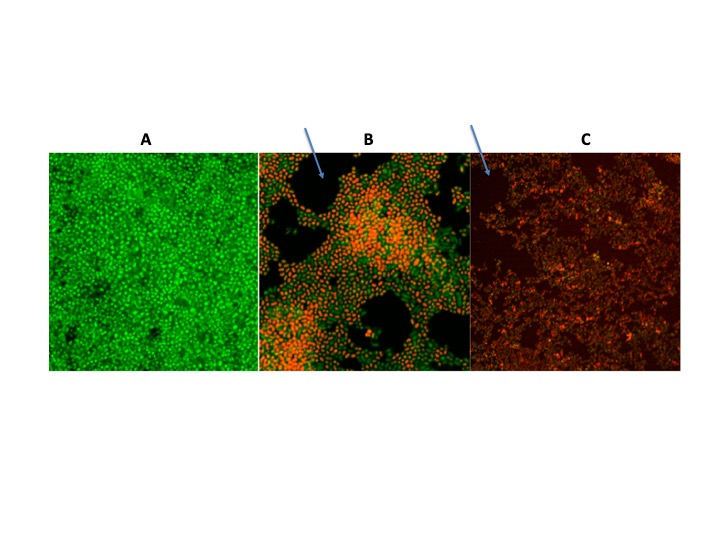
Biofilm from the mixture of treated bacteria. Left (control, living cells), centre (treatment for 5 minutes, large amount of dead cells) and right (treatment for 10 minutes, all dead cells).
Experts have shown after repeated applications of the product that it does not create resistance, as is the case with other biocides, which confirms its effectiveness with different types of bacteria. To this end, they have taken into account the most frequent and harmful pathogens found today, such as Staphylococcus aureus, which causes skin infections and food poisoning, Listeria monocytogenes, which causes listeriosis, Enterococcus faecalis, which is present in faeces, Salmonella Enteritidis, which causes salmonellosis, and Escherichia coli or Bacillus cereus, which cause intestinal disorders. «The elimination of the latter has always posed a real challenge for the food industry because of the resistance of its spores to both physical and chemical treatments,» concludes the researcher.
The patent is already available to be applied by companies wishing to exploit the product.
References
Hikmate Abriouel Hayani, Nabil Benomar El Bakali and Leyre Lavilla Lerma. Patent ES 2 717 798 A1. ‘Composición desinfectante’ (‘Disinfectant composition’).
Más información:
#CienciaDirecta, agencia de noticias de ciencia andaluza, financiada por la Consejería de Transformación Económica, Industria, Conocimiento y Universidades de la Junta de Andalucía.
Teléfono: 954 232 349
Últimas publicaciones
Un equipo de investigación de la Universidad de Almería ha desarrollado un método más selectivo y sostenible que reduce el uso de disolventes y detecta hasta 50 compuestos más que las técnicas habituales en estos alimentos. La propuesta puede integrarse o sustituir los sistemas actuales en laboratorios y empresas del sector.
Este trabajo de investigación sucede a otro en el que el profesor Martín Olalla, investigador de la Universidad de Sevilla, corregía una idea original de Einstein que dio origen al tercer principio de la termodinámica.
Este estudio de la Universidad de Córdoba, en colaboración con el centro IFAPA Alameda del Obispo, identifica además los compuestos químicos presentes en las bellotas que podrían ayudar a encontrar la más apta para el consumo y así fomentar la utilización de un alimento infrautilizado e infravalorado.
